Surveying Mexican Spotted Owls in Arizona and New Mexico
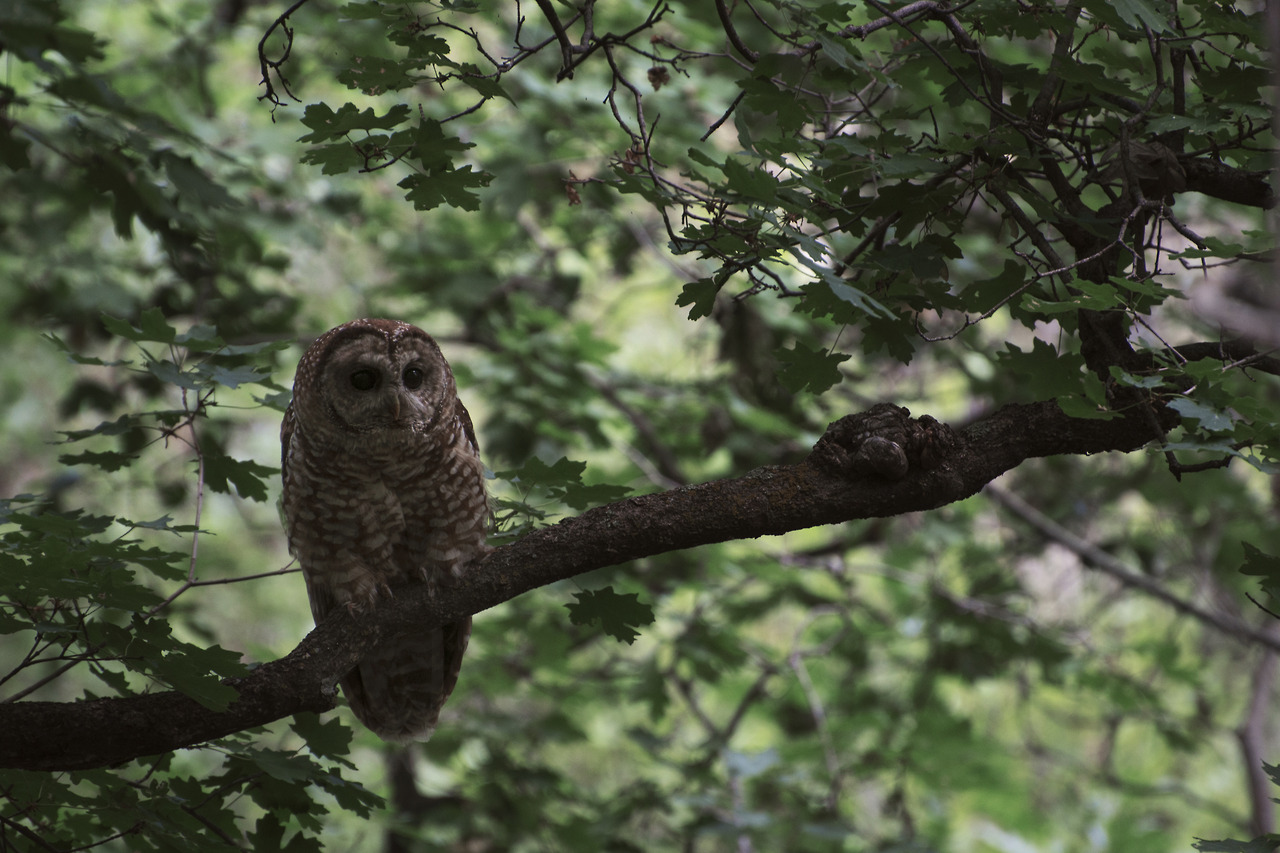
Mexican Spotted Owl. Photo by Danny Hofstadter
Unlike most diurnal point counting positions which typically start at the crack of “why am I awake,” the morning of a Mexican Spotted Owl survey technician is a little more laid back. You’ve probably been up late the night before, but provided you’ve placed your tent strategically to avoid the morning sun, you’ll have the opportunity to snooze for a while and catch up on sleep. If you’re like me and aren’t good at sleeping in, or if that sunlight pops through an unexpected gap in the trees to heat up your tent, it isn’t all bad because you’re probably waking up to a beautiful forest somewhere in the mountains of Arizona or New Mexico!
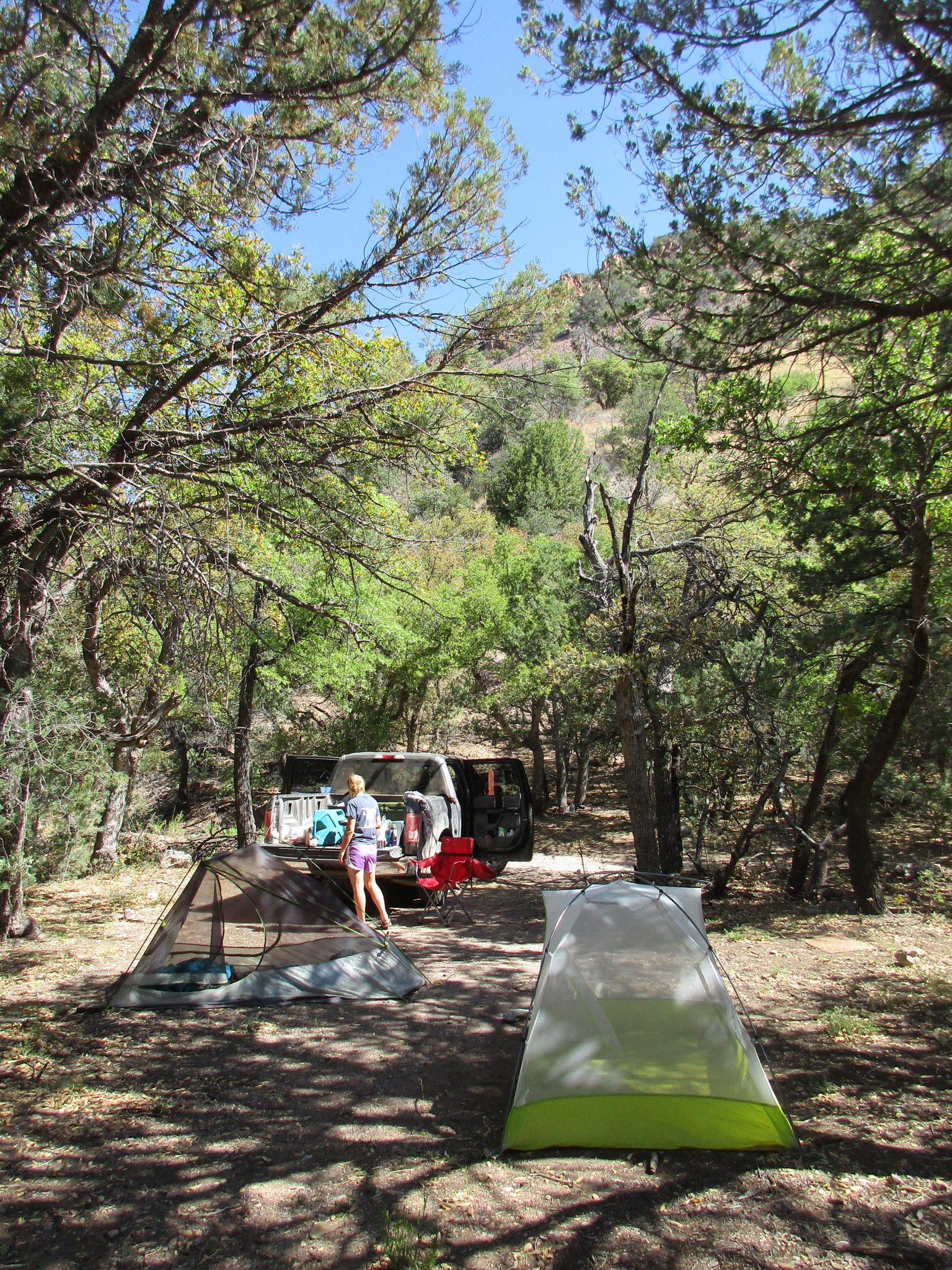
Camp in the Chiricahua Mountains, and some tailgate cookin’
An early wander around camp can yield some cool finds…
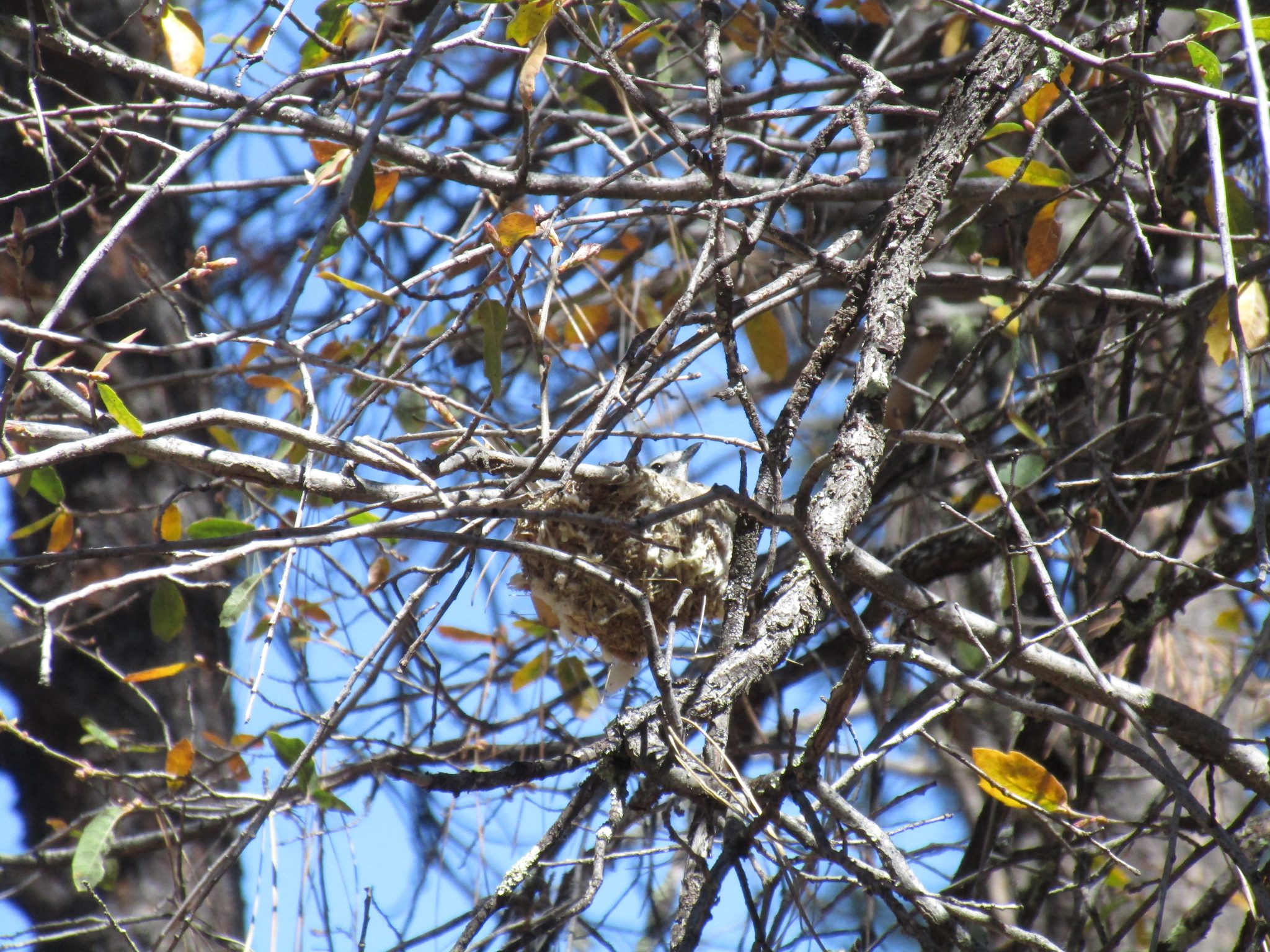
Plumbeous Vireo on nest
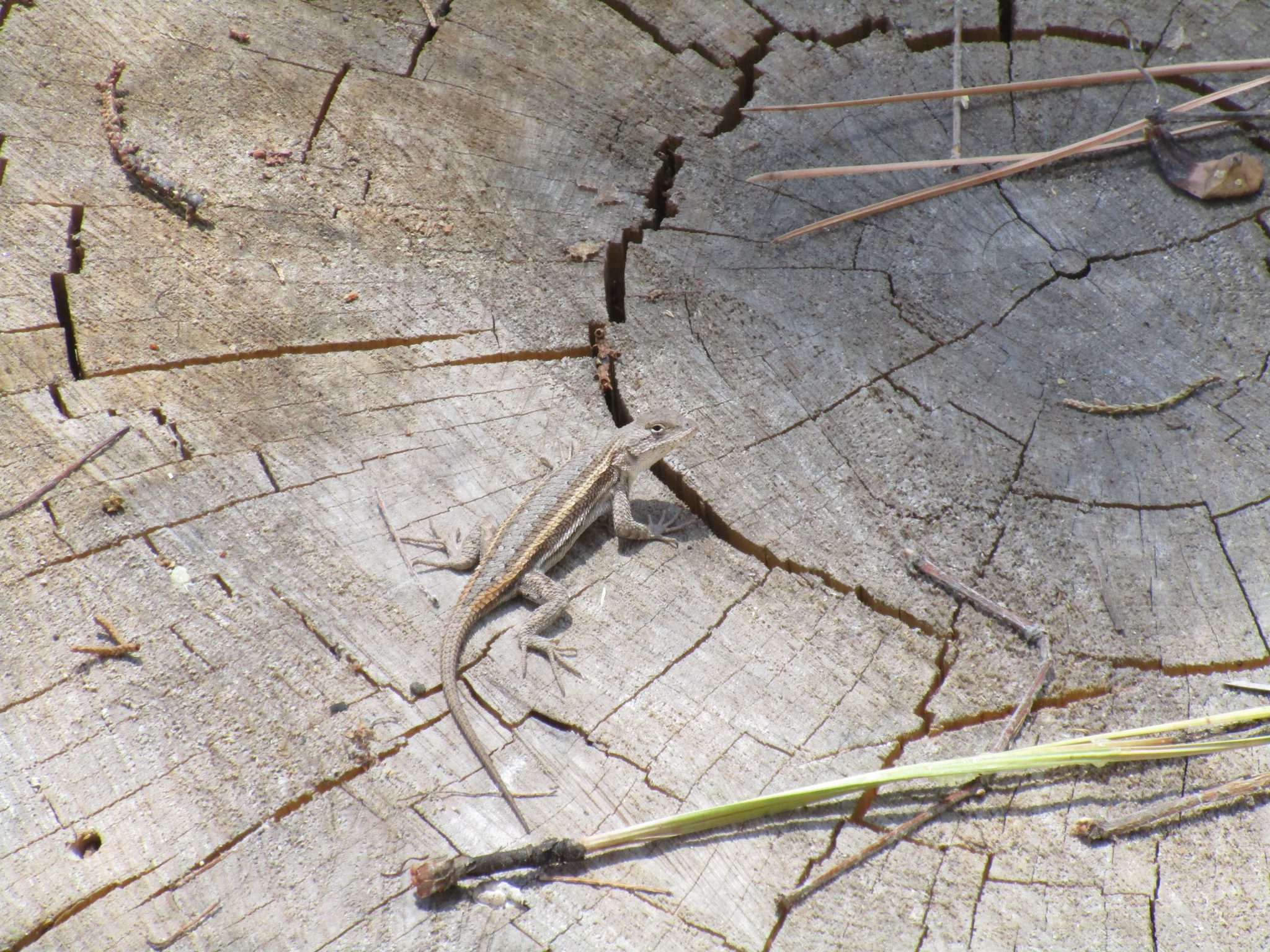
Striped Plateau Lizard
From there, your main task for the day is getting to a randomly generated survey location for the night, which can involve a long drive to a different mountain range, a rough ride on a seldom-driven forest road, and/or a long hike in.
The real work begins come evening, when you make your way on foot through the mountains to the survey site. Sometimes this isn’t so bad: a nice trail leads easily to your site, and the area is free of undergrowth or relatively flat. But other times, the trek is much more challenging. Very quickly you learn the value of getting into rough sites before the sun goes down. Navigating steep, loose slopes covered in clothes-tearing, flesh-piercing thorny shrubs in the dark using just the limited beam of your headlamp is no easy task! Plus, hiking into the sites during the daytime lets you appreciate the truly stunning scenery where these owls live.
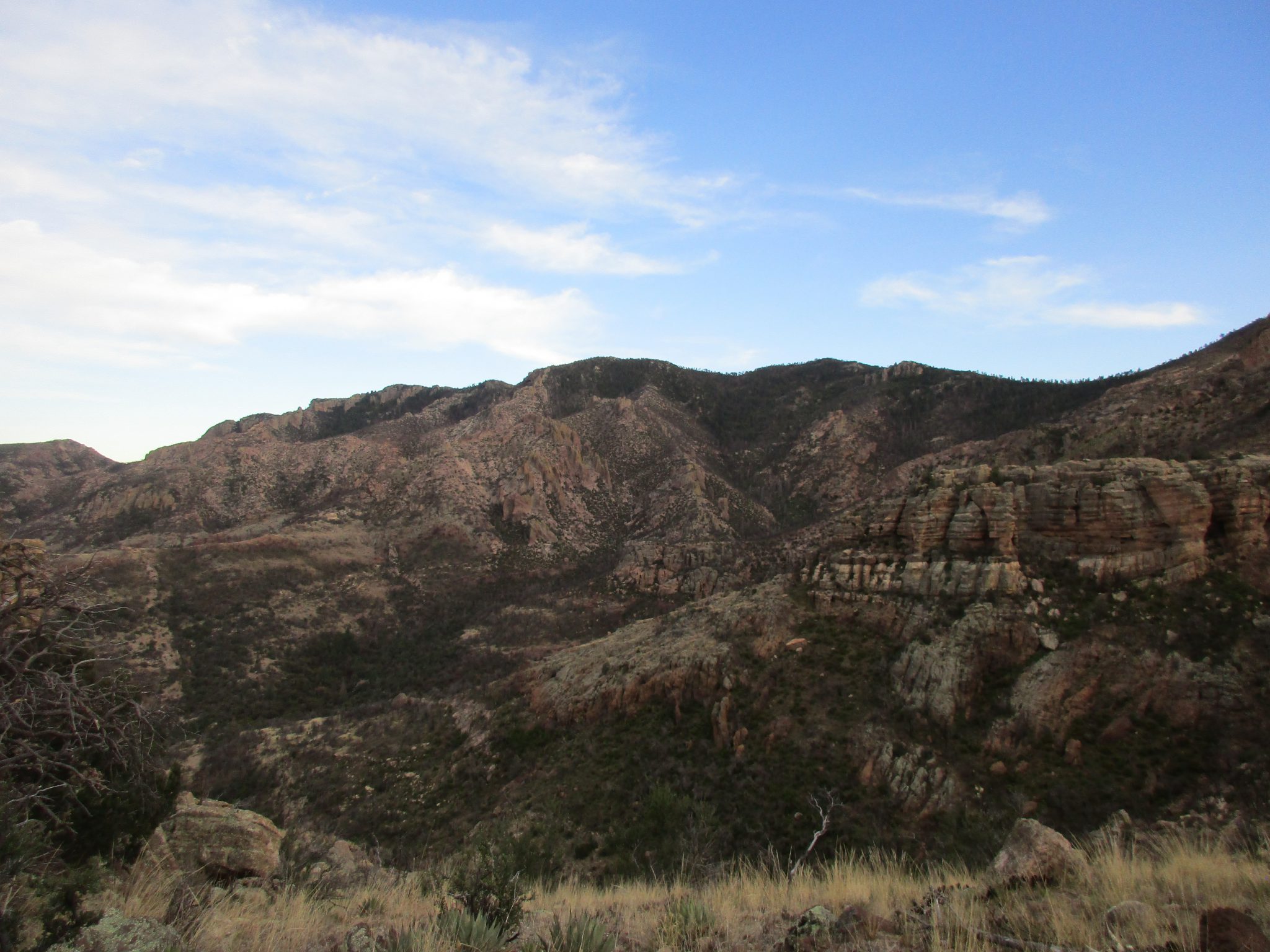
Coronado National Forest
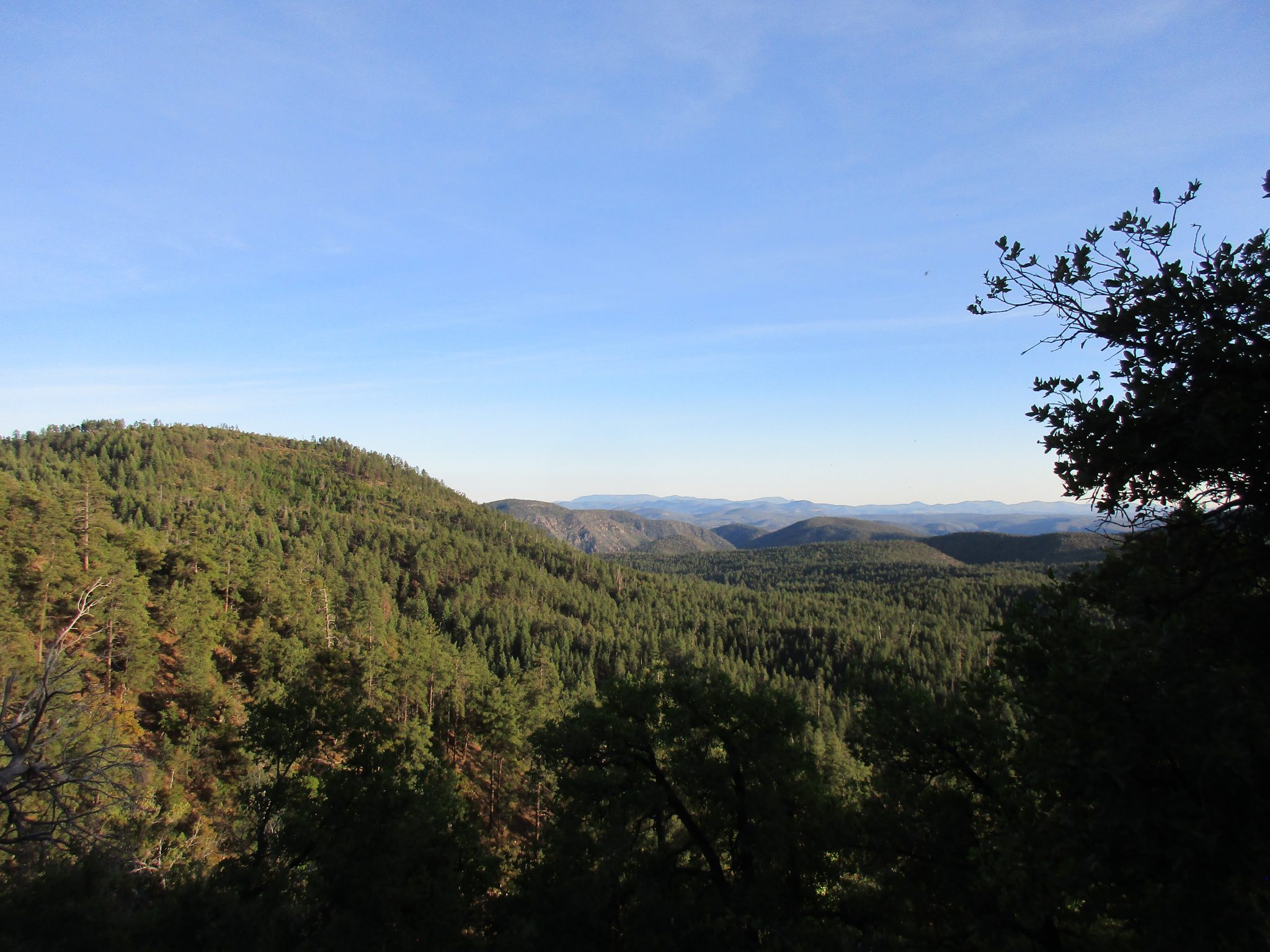
Tonto National Forest
Eventually you get to your survey points and begin broadcasting Spotted Owl calls to elicit a response from any owls in the area. While listening intently for your quarry, you often have the company of other members of the family. The hollow hoots of Flammulated Owls are ever-present in the higher elevation ponderosa pines, while lower elevation sites may give you the ping-pong ball song of the Western Screech-Owl or the barks of tiny Elf Owls. Not to be outdone, the nightjars will loudly add their songs to the night, with Mexican Whip-poor-wills often so enthusiastic they make it difficult to hear anything else. Other nights, the silence is incredible.
Then, out of the darkness, you hear those four notes: “wup, hoo-hooo, hoo.” Lower pitched for the male and higher for the female, the normally secretive Mexican Spotted Owl has heard your broadcast and is responding to the intruder in its territory. You quickly get a bearing and estimate how far the bird is in order to map its location, then listen eagerly to see if its mate will join in. If you’re lucky, it will, and you can easily compare the different voices of the two. If you’re really lucky, and the birds are fairly close or particularly aggressive, they will come and investigate the interloping “owl”. Then you get the thrill of having a couple dark-eyed owls hooting, whistling, barking, and cackling in the trees above your head; an amazing experience and one of the biggest highlights of the job.
With the survey complete, it’s time to return to camp where your tent and sleeping bag lay waiting for you. But don’t forget to stay observant on the hike back! There are lots of cool nocturnal creatures besides owls you may stumble across.
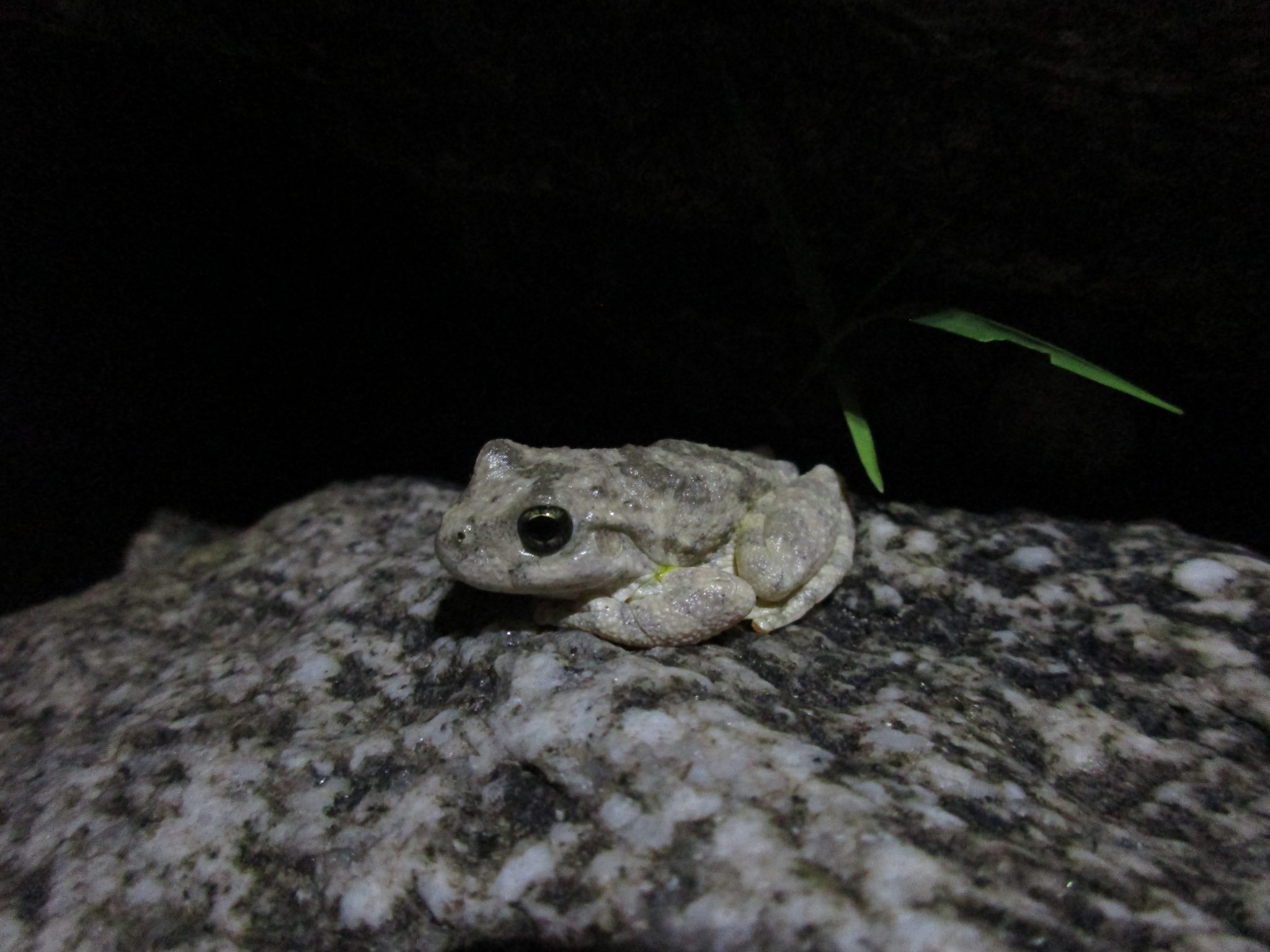
Canyon Tree Frogs are common in canyon creeks, and sound surprisingly similar to bleating sheep
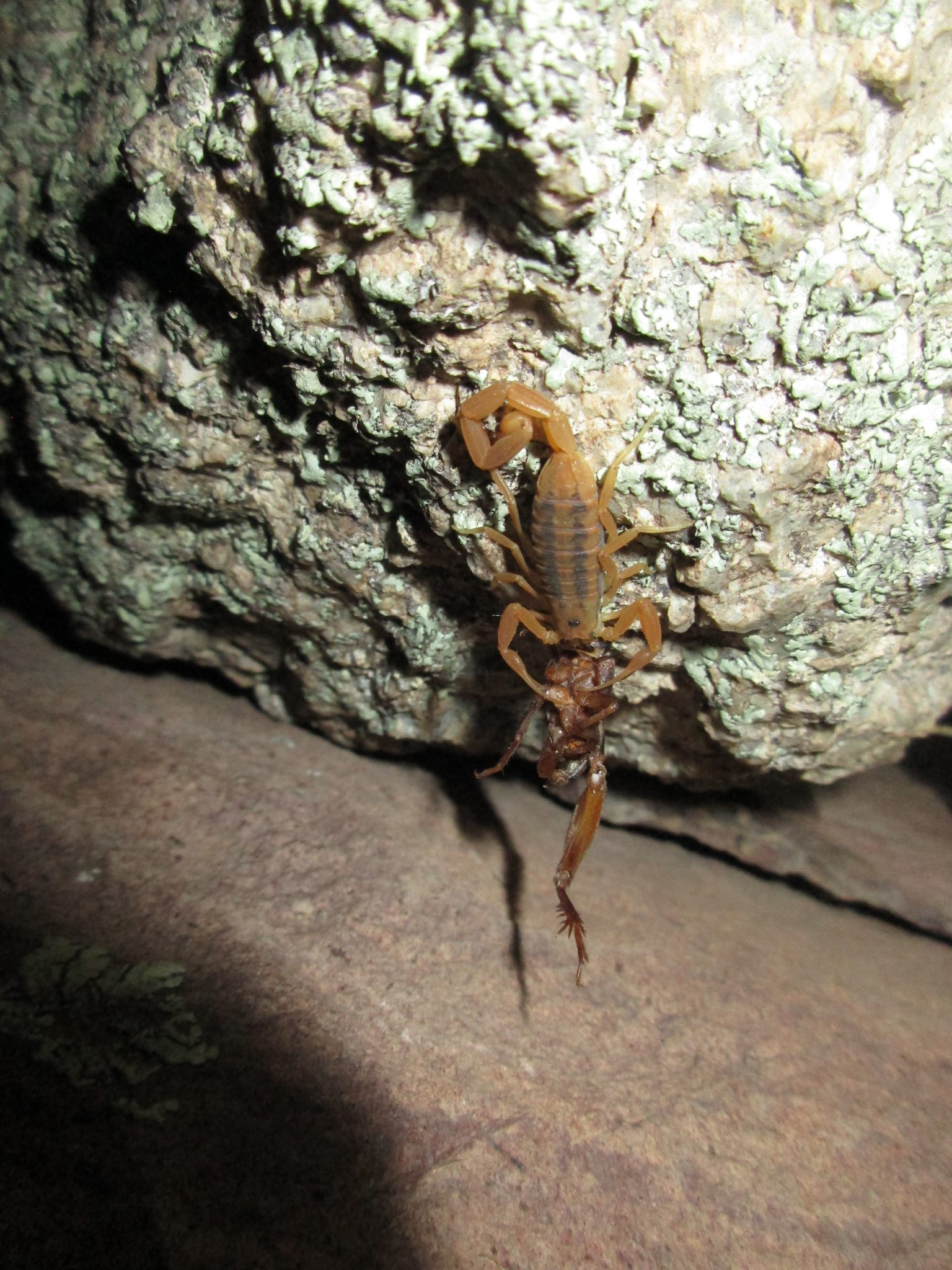
Scorpions are common in the stones along dry creek beds, and sometimes you’ll find them with prey
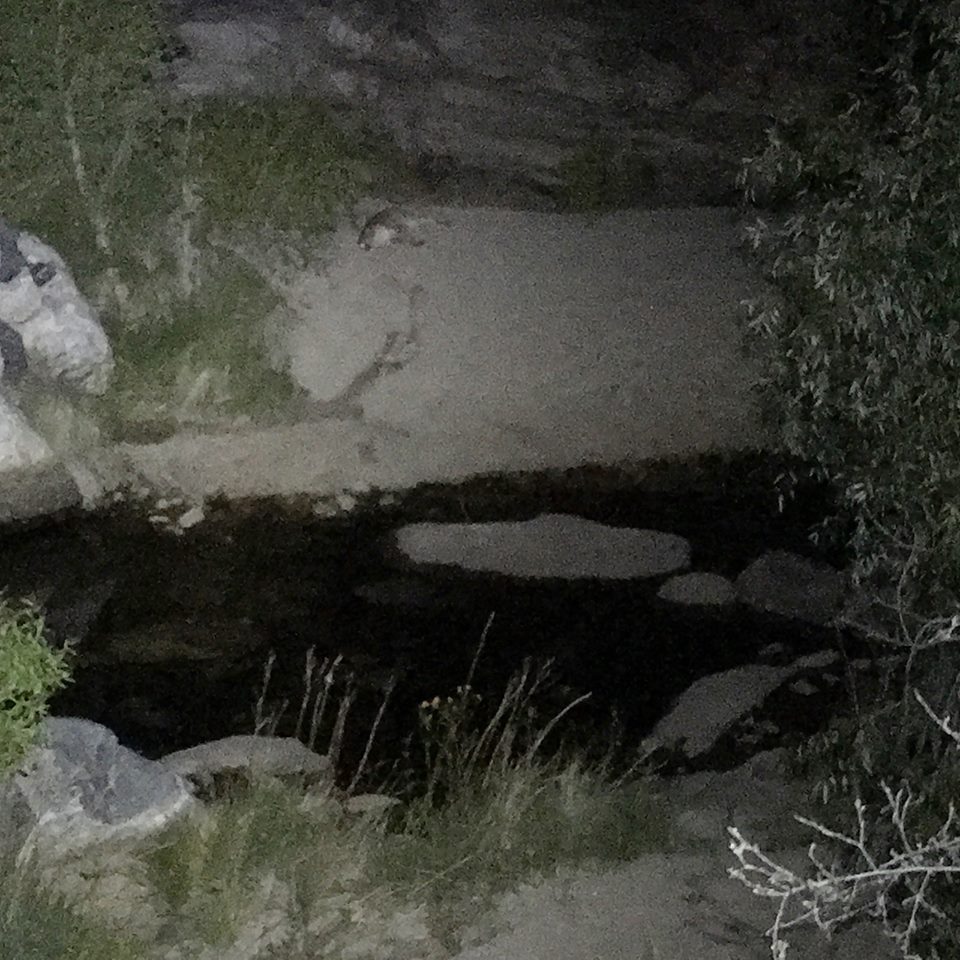
Surveyors must always be aware that they are in Mountain Lion country. This cat however was content just to relax on the beach next to a creek. Photo Credit: Rostam Mirzadi (taken with his cellphone)
Once at camp you get to lay down for a well-deserved night’s sleep, and the cycle continues. A partner and a truck, 10 days on and 4 days off, April to July, exploring the mountains of the Southwest in search of this iconic species.
It has been a hoot and a privilege to be a part of Bird Conservancy of the Rockies’ Mexican Spotted Owl Monitoring Program. The country down here has been by far my favorite that I’ve ever worked in. It’s rough, and I’ve never been as bone-weary as I have at times on this job. But oh, it’s so worth it! The diversity of habitats, plants, and animals in these landscapes is astounding, and the scenery breathtaking. Getting to experience these places in the darkness of night, after most field techs would have gone to bed, has been really amazing; seeing critters and hearing birds that only become active after the sun goes down, walking through an open Ponderosa forest with the moon so bright you hardly need your headlamp, or gazing at the stars on a moonless night atop a ridge you’ve fought 3000ft to summit it’s simply incredible. Doing all of it with the goal of better understanding the population of the Mexican Spotted Owl only makes it that much more satisfying.


